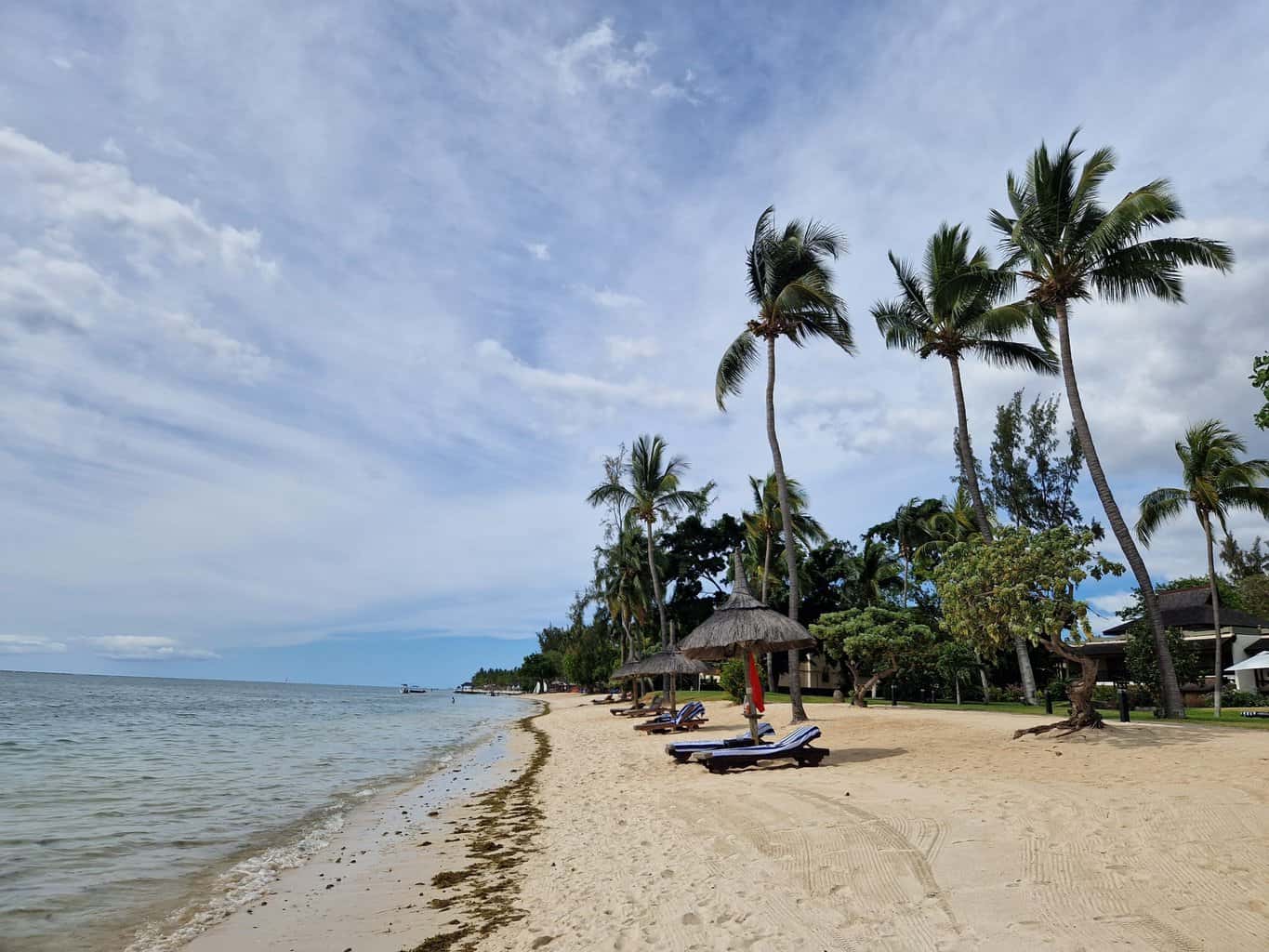Mauritius is a seemingly isolated place. Around 800 kilometers east of Madagascar, this island nation made up of the main island and several other inhabited (and uninhabited) islets, sits almost in the middle of the Indian Ocean.
A volcanic landmass that’s blessed with paradise white sand beaches and coral reefs, for thousands of years, Mauritius was unpopulated by humans.
However, centuries of trade and colonization have resulted in a true melting pot of cultures and languages, all adding to the unique nation that draws visitors today to stay in its luxury hotels, try the intriguing cuisine, and go snorkeling in its crystal-clear waters.
Table of Contents
What Is Mauritius Known For?
Colonization over the centuries
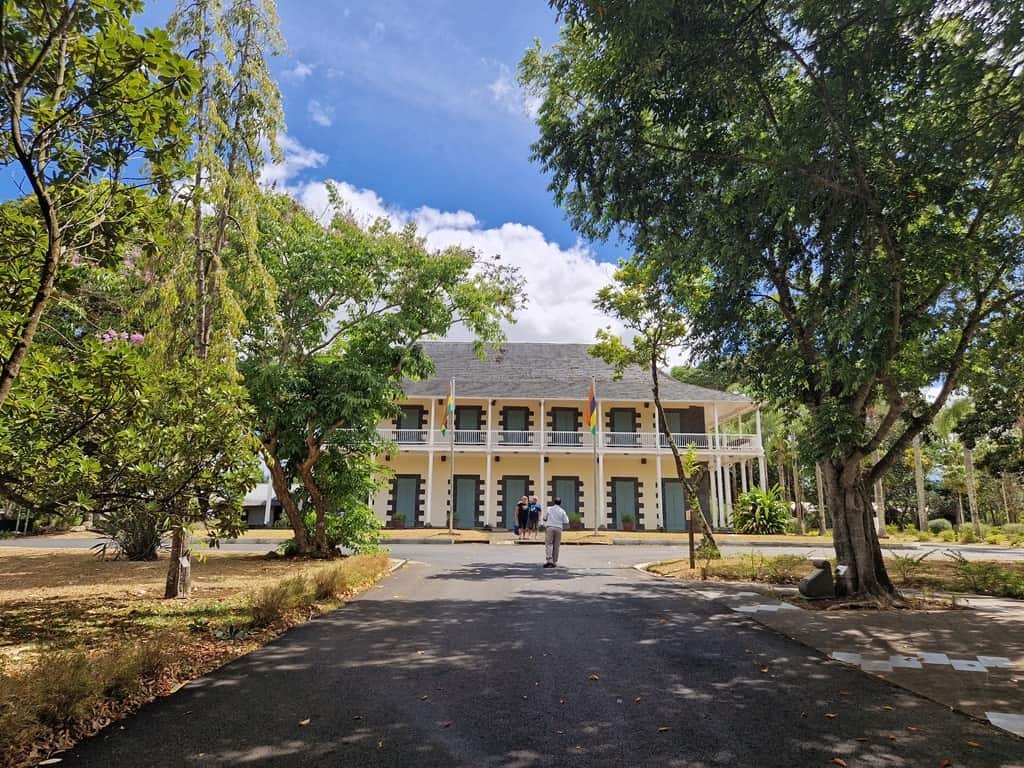
Mauritius wasn’t always the multicultural island nation that it is today. In fact, for a long time, it was uninhabited and visited only by passing traders — for example, it’s thought to have been known to Arab traders from as early as at least the 11th century. Later visitors included the Portuguese, who came in the 16th century (1507, to be exact).
The first colonists were the Dutch, who claimed Mauritius between 1598 and 1710 and engaged in several (failed) attempts to settle the island, eventually abandoning the project. After this, pirates took over before the French East India Company gained possession of the island in 1721, the French crown taking over in 1767. The French brought enslaved people to Mauritius, and it prospered.
Then in 1810, the British captured the island, ending slavery but bringing indentured laborers from India and later China. The British held the island until Mauritius finally gained independence in 1968.
Diverse culture
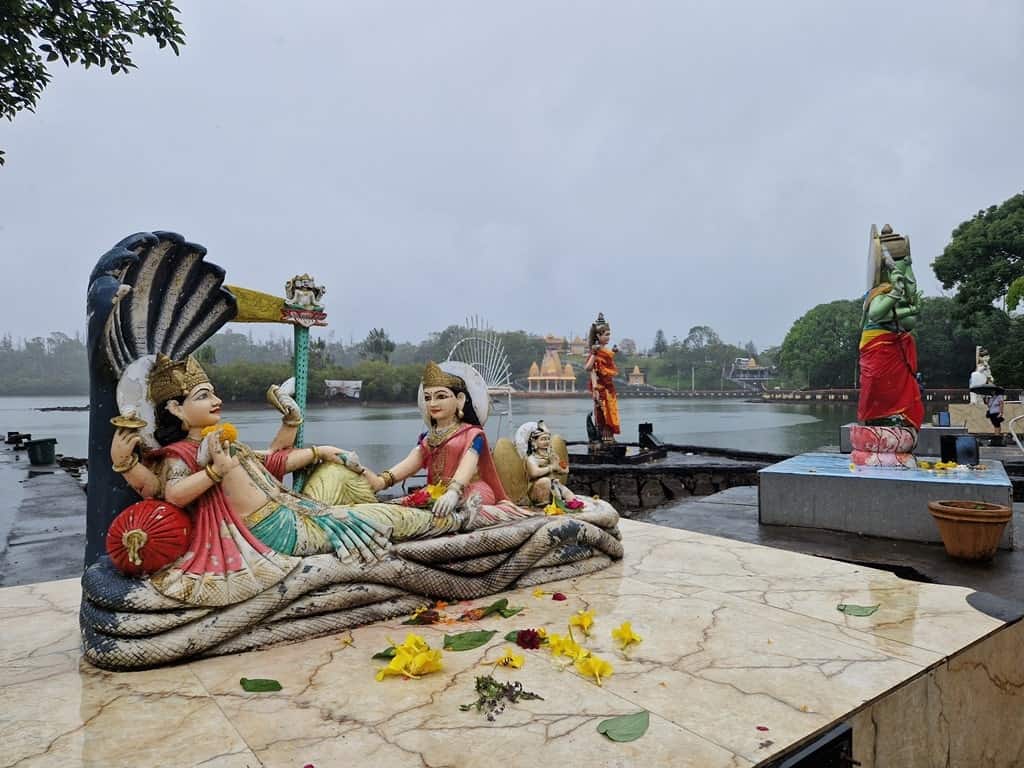
The nation’s history of being a place of trade and colonization has led it to become a modern-day cultural melting pot. The island’s diversity is integral to its identity and is closely connected to colonization.
A large portion of the population is made up of people who are descendants of indentured laborers that were taken from India and Pakistan to work on sugar plantations in the 19th and 20th centuries. Around a quarter of Mauritians identify as Creole, and their heritage to French and African lineages, while a small portion of the population is also of Chinese descent.
Celebrations
Mauritius’s bountiful combination of cultures has led to a mix of traditions. The diversity of the nation means that a long list of religious celebrations and important holidays are marked throughout the year.
Hindu festivals are particularly notable, with events being held in February for Maha Shivaratree and for Diwali in October or November. Ramadan and Id al-Fiṭr are marked by the Muslim community, while the Christian population festoons the streets for Christmas. Early in the year, the Tamil celebration of Thaipoosam Cavadee sees parades and fire-walking displays.
There are also colorful displays of Chinese culture during Chinese New Year celebrations. Many national holidays are celebrated by the entire nation and include Arrival of Indentured Laborers Day in November, Abolition of Slavery Day at the start of February, and Republic Day in mid-March.
Wildlife
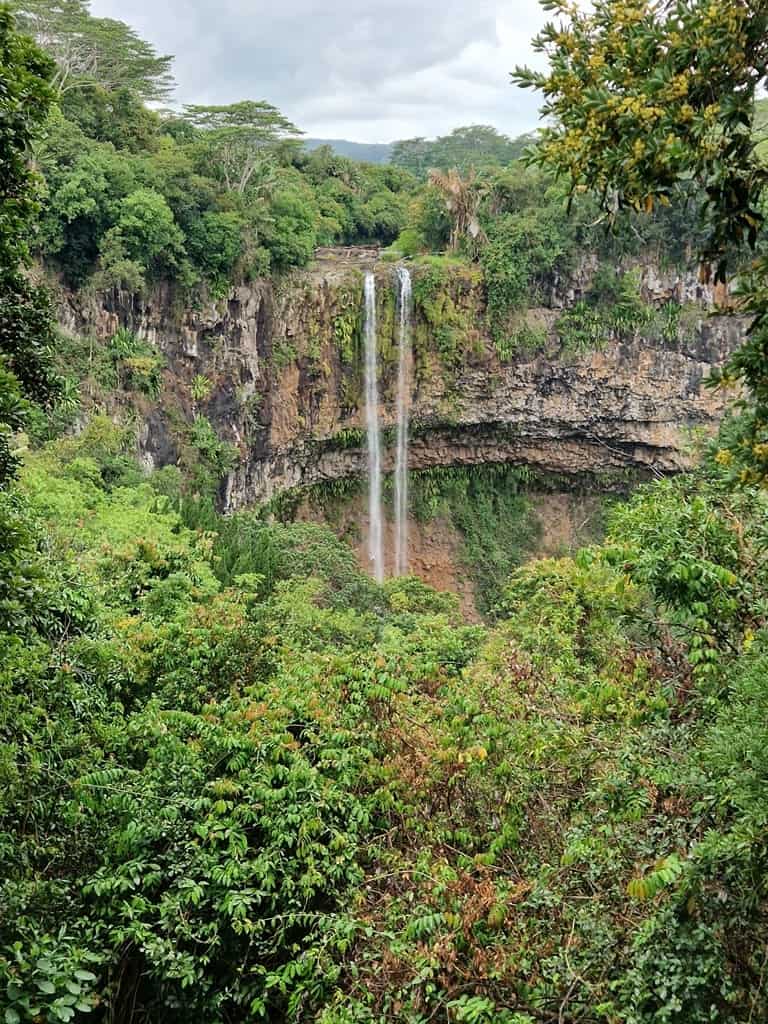
Mauritius is abundant with wildlife, both on land and in the turquoise seas that surround it, with many rare species found here. Perhaps one of the most famous furry residents of this island nation is the Mauritian flying fox. Also known as the Mauritius fruit bat, this endangered mammal boasts wingspans of up to 80 centimeters. It’s an important pollinator of native flora on the islands.
There are plenty of birds, too, including the Mauritius kestrel and the surprisingly colorful Mauritius pigeon. Reptiles also play their part in the biodiversity of the island, one example being the aptly named Mauritius ornate day gecko. Out to sea, you’ll find dolphins and playful pods of sperm whales, which can reach up to 20 meters in length.
It was once home to the dodo.
While there are still many rare endemic species of animal that remain living in Mauritius, sadly, that has not been the case for all of them. For example, the Mauritian flying fox is the only surviving mammal endemic to the island.
Other species have not been so lucky. Case in point: the dodo. This large, flightless bird — now extinct — was easy prey for sailors and early settlers of Mauritius, but it wasn’t just hunting that brought its demise. Rats, pigs, dogs, and other animals introduced by humans played havoc with the ecosystem, raiding dodo nests for their eggs.
It’s not known exactly when the dodo became extinct, but it was used as an example of extinction caused by humans as early as 1833. Today the dodo is honored as part of the national coat of arms of Mauritius.
Being an island nation
Rather than being part of a larger land mass, Mauritius is an island nation that covers just over 2,000 square kilometers. Located around 2,000 kilometers from the coast of Africa and 800 kilometers to the east of Madagascar, the island of Mauritius is the main hub of the nation and where most of the population lives.
There are also several other islands scattered around the main islands that are part of the country; these include Rodrigues island, Agaléga island, and St. Brandon island. The whole of the country is part of the Mascarene Islands, an island group that includes Reunion island, which is an overseas department of France.
Luxury resorts
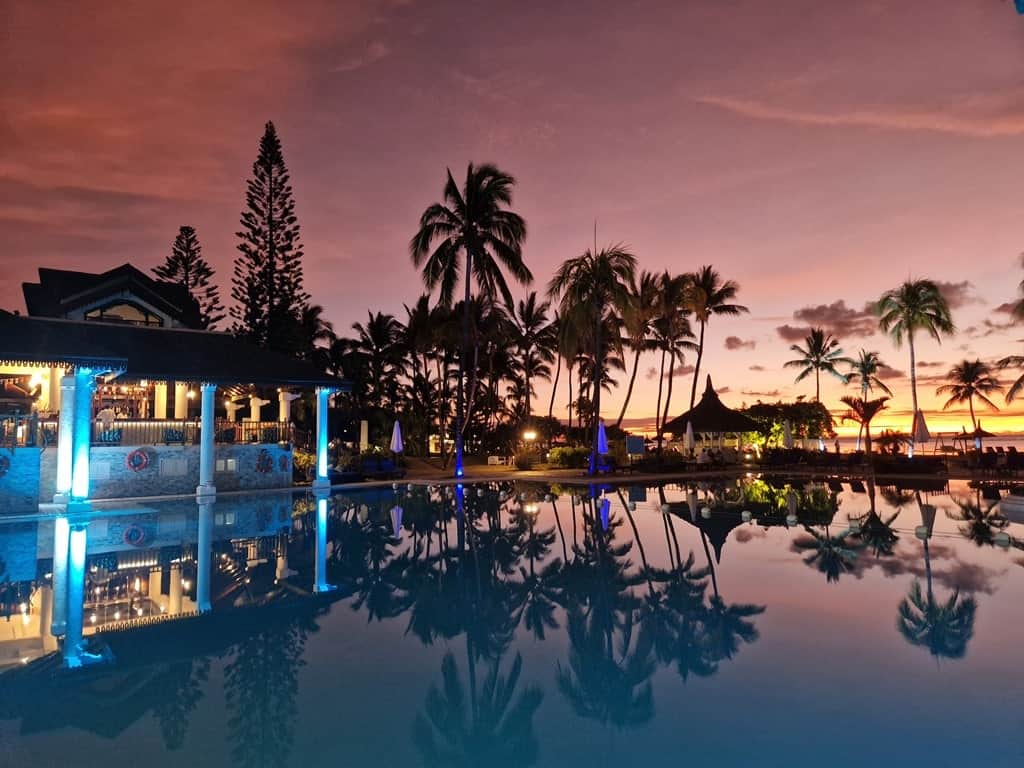
Being a beautiful island with white sand beaches, translucent seas, coral, culture, and rainforests, it’s no wonder that Mauritius is home to some seriously luxurious resorts. Since the 1980s, the island saw a boom in the development of hotels, many of which catered to wealthy travelers looking for plush accommodation to suit the paradise locale.
Today many high-end, international hotel chains and independent boutique options can be found across Mauritius and its surrounding islands, some costing hundreds (sometimes thousands) of pounds per night. These include the stunning Constance Belle Mare Plage, Shangri-La’s Le Touessrok Resort & Spa, and the glamorous Paradise Cove Boutique Hotel, to name a few.
Unique food
With the diverse cultures that call Mauritius home, it’s no surprise that food sits pretty close to the top of the most well-known things about Mauritius. There are many different dishes here that represent not only specific cuisines, from Chinese to South Indian but also the mixing of those food cultures with each other and with a colonial fare, too.
One example is rougaille. Essentially a tomato-based stew flavored with a wide range of herbs and spices that show its diverse influences (including curry leaves and thyme), it can contain chicken, salted fish, or prawns and is served with rice.
Elsewhere there’s bol renversé (literally “upside-down bowl”), a Chinese-inspired dish that features chicken, pak choi, and other vegetables simmered in oyster sauce and soy sauce, put at the bottom of a bowl which is then filled with rice. This mouth-watering mixture is then turned upside down on the plate before it is crowned with a fried egg and ready to serve.
Its capital, Port Louis
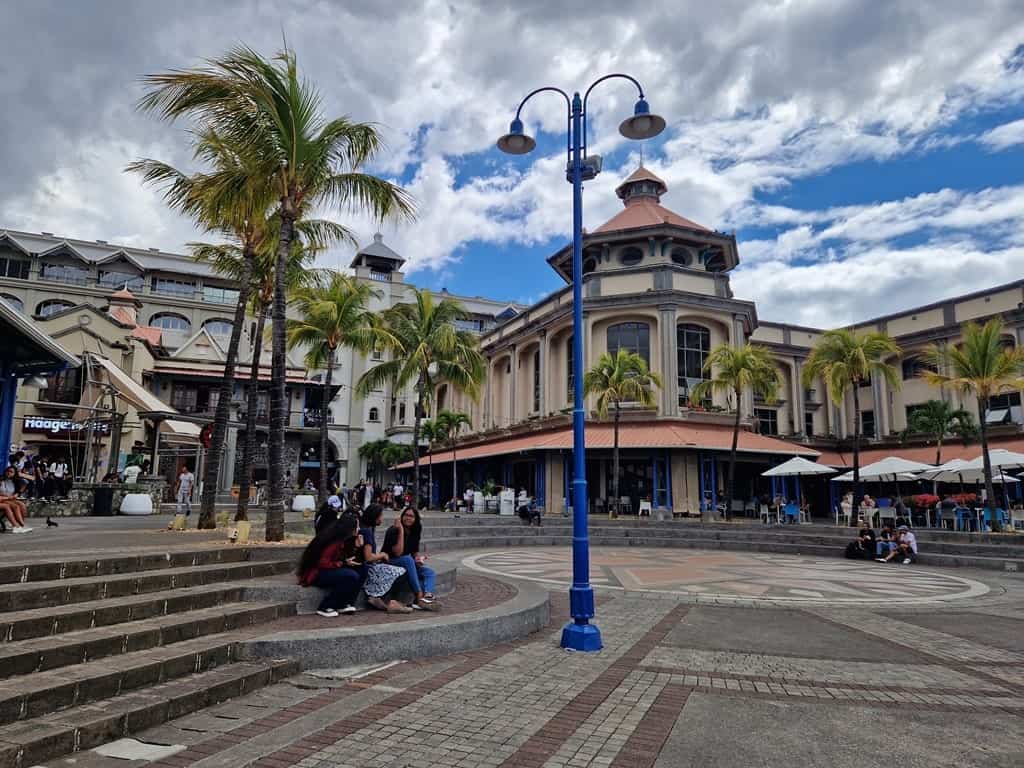
Port Louis is the bustling capital of Mauritius. Situated in a natural harbor, it is sheltered by mountains and is easily accessible for ships thanks to a natural break in the coral reef that rings the island. Established by French ships in 1736, it provided a helpful stop-off point for trade between Asia and Europe.
It is also in the capital city, where the UNESCO-recognised Aapravasi Ghat is located. The former immigration facility was in use between 1849 to 1923 and was the site of processing for indentured laborers arriving on the island.
Today the modern city is an important financial hub and remains the center for trade and commerce on the island. As with most capitals around the world, it’s here where large cultural hubs are located, including cathedrals, museums, universities, government offices, and entertainment establishments.
Beaches
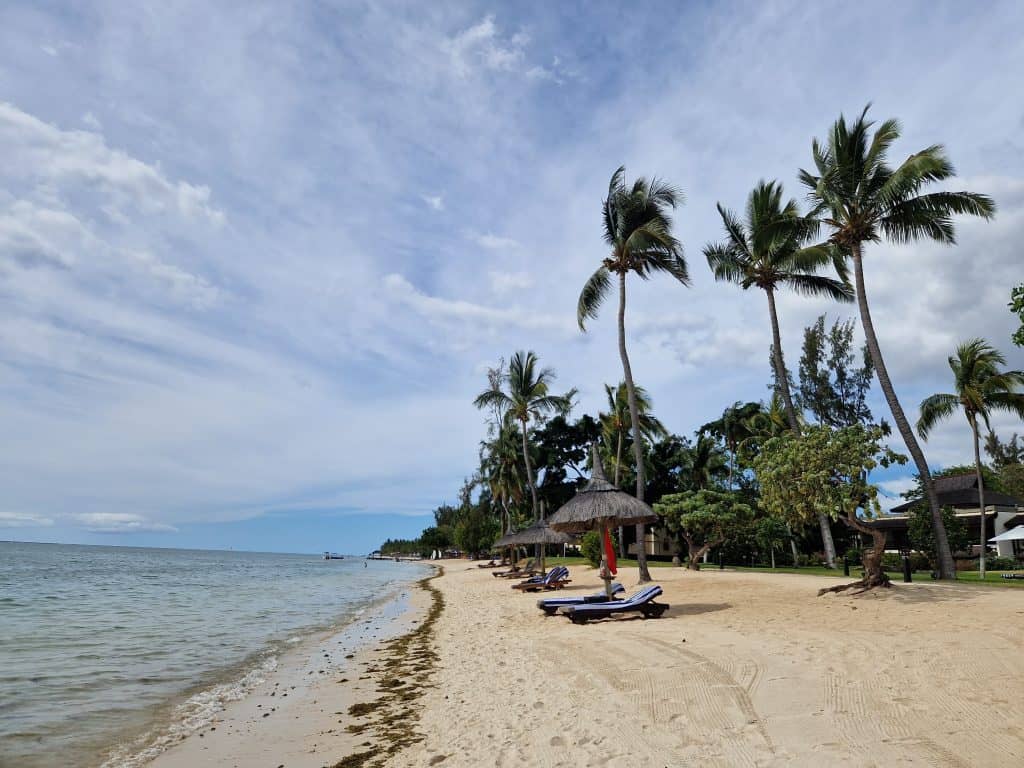
For many visitors to the island, Mauritius conjures up images of beautiful beaches. Mauritius has an incredible array of paradise beaches that lure tourists from around the globe. There’s an almost endless selection of postcard-perfect shorelines to bathe on, some of them edged by high-end tourist hotels, others completely untouched and veritably untrodden.
Some of the most famous beaches on Mauritius include the iconic Le Morne beach. Situated right out on the southwestern tip, its coral-strewn waters provide perfect swimming conditions. Then there are the impossibly powdery sands of Flic en Flac, shaded by palm trees; it’s a local favorite, and there’s also the quieter and much less-developed Belle Mare Plage over on the east coast.
Crystal clear waters
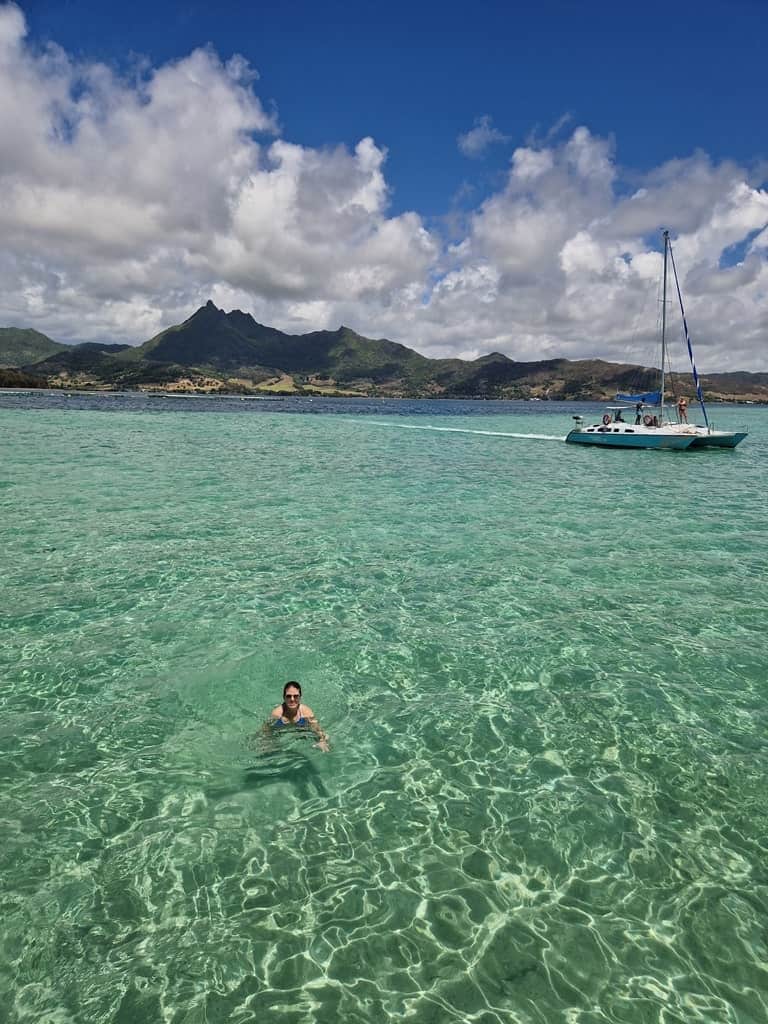
Part of the beauty of Mauritius lies not only in its powdery white sand beaches but also in the perfectly clear seas that lap them. This, of course, makes for a visually stunning treat to the senses for casual beachgoers, sunbathers, and occasional paddlers in the warm, shallow waters of Mauritius.
But it’s more than just pretty to look at. The seas surrounding Mauritius have some incredibly impressive visibility, making for supreme snorkeling and scuba diving conditions. Visibility is often beyond 40 meters, which makes exploring its reefs and glimpsing its marine life a joy. The bonus? A generally balmy water temperature is between 21°C — from November to April — and 30°C from March through October.
Its love of sports
Sports are a big deal in Mauritius. And for a small island nation, it packs a punch when it comes to international competitions. In 2008, Mauritius won its first-ever Olympic medal at the Beijing Olympics when Bruno Julie secured bronze in the Boxing Bantamweight division.
Horse racing is a popular sport, with race days attracting thousands of spectators at Champs de Mars Racecourse, which opened all the way back in 1812; not only is this the Southern Hemisphere’s oldest racing club — it’s the second-oldest in the world!
The Mauritius Sports Council supports a number of sports, from badminton and archery to cycling and basketball, often seeing representation at the Olympics and other international sporting events, but the national sport has got to be football.
The tropical climate
Mauritius sits closest to the Tropic of Capricorn, which means it basks in a balmy tropical climate year-round. Despite that, its weather patterns are split into two distinct seasons: One half of the year basks in high humidity and summer temperatures that hover around 25 °C, while the other is cooler and dryer with average temperatures sitting around 20 °C.
The nation’s temperatures peak at the start of the year — the average high for January and February often hits 30°C, but by July and August, temperatures can fall as low as 16.°C.

